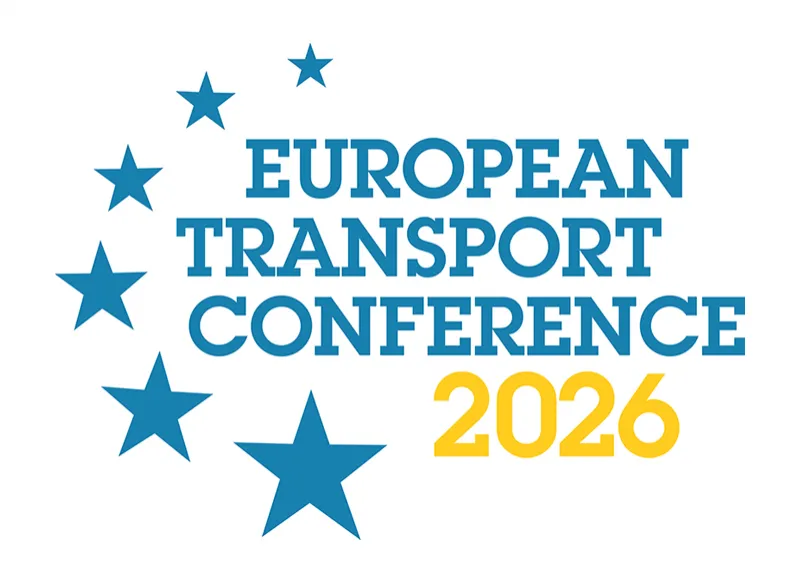-
Past ETC Papers

Browse, search and view papers from the past AET Conferences.
-
Members' Area

AET promotes networking and exchange of ideas, information and opportunities amongst members.
Conference Papers 2008
Noordwijkerhout, Netherlands
ETC Conference Papers 2008
Welfare measures from discrete choice models in the presence of income effect
Seminar
Day 2 (7 Oct 2008), Appraisal, Welfare Measures, 19:00 - 22:00
Status
Accepted, documents submitted
Authors
G de Jong, ITS, University of Leeds, UK and Significance / NEA, NL; A Daly, ITS, University of Leeds and RAND Europe, UK; J N Ibáñez, R Batley, ITS, University of Leeds, UK; M de Bok, Significance, NL
Short abstract
The logsum is a welfare measure from GEV family discrete choice models that does not account for income effect. Welfare measures with income effect are discussed for a more general family of models and results presented from an operational model.
Abstract
Welfare evaluation is central to the appraisal of transportation projects and many countries rely on a formal calculation procedure to obtain consumer surplus change, often as an input to a more general Cost Benefit Analysis. In calculating consumer surplus change, it is attractive to use measures that are consistent with the demand model being used. When this model is of the logit form, the ?logsum? measure is a natural candidate as a measure of consumer surplus change. In this context, we think of demand models predicting a continuous variation in demand as being derived from discrete choice models by estimating expected demand from an aggregation of choice probabilities.
However the logsum and analogous measures are essentially Marshallian in their concept and in fact are incorrect when the policy being evaluated has an impact that is not negligible with respect to the incomes of travellers. Such circumstances certainly arise in many applications for developing countries, but are also relevant in developed countries when policies that would change car ownership or implement extensive road pricing are being considered. More generally, it is unsatisfactory to ?assume away? an effect of unknown importance and a number of papers in the literature indicate that this assumption may not be justified.
We note that the ?rule of a half? approximation, which is used in many countries, does not avoid the problem of income effect, because the rule is based explicitly on non-compensated demand functions. However, the rule of a half yields welfare measures that are directly measured in money units, while logsums require a conversion to a monetary scale and this conversion is itself subject to debate. On the other hand, logsum-type measures have a number of advantages with respect to the rule of a half, such as dealing comfortably with multiple price changes, changes in the number of alternatives etc..
The paper therefore sets out to present and discuss the Hicksian measures of benefit that are more appropriate when ?income effect? may be relevant. Methods have been developed in recent literature to derive measures such as the compensating variation and the equivalent variation from discrete choice models. These methods (e.g. simulation method, representative consumer method, analytic expressions) are discussed and the theoretical and practical advantages of each are considered with a view to selecting appropriate measures for use in transportation project appraisal. Marshallian measures are easier to calculate, so it will be possible to derive the separate impact of substitution and income effects.
In the context of discrete choice, income effects might be of particular incidence on welfare analysis, since not only can they alter the marginal utility of income multiplying the logsum terms associated with the expected maximum utilities before and after the application of a given transport policy, but can also modify the expected values of these utilities themselves.
Whilst these logsum measures relate only to Generalised Extreme Value (GEV) type models, that is, those associated with closed form probabilities and, not necessarily, extreme value homoskedastic distributions for the utilities, they do not apply in the same manner to the more general family including all types of probability choice systems (PCS) embodied within random utility models (RUM), of which the mixed multinomial logit (MMNL) represents the most general one. In this context, the paper pays particular attention to how to implement welfare analysis that is consistent with microeconomic tenets when employing MMNL.
Besides the review of the theoretical and practical issues involved in deriving income-compensated welfare measures from discrete choice models, and the discussion on welfare measures from more general random utility models, the paper will also present new results on the relevant methods from runs using an operational transport model, in this case the Dutch national model system LMS.
In conclusion, it is argued that it is important to make methods available for making welfare analyses consistent with the latest advances in choice modelling. Inconsistency between these stages of analysis is unacceptable because of its implications for the appraisal of projects, but it is not always an easy task to maintain the same assumptions about utility functions and the distribution of preferences in the population. The literature indicates that different approaches can indeed lead to different results which could affect the funding of important projects.
Documents:

Association For
European Transport
Forester House
Doctors Lane
Henley-in-Arden
Warwickshire, UK
B95 5AW
+44 (0) 15 64 793552
VAT number: 710 1866 64
Conference Supporters & Endorsers




Legal Entity
The Association for European Transport is registered as an Association ('vereniging') with the Chamber of Commerce for Haaglanden in The Netherlands under company number 27170096.
Built on Zenario




